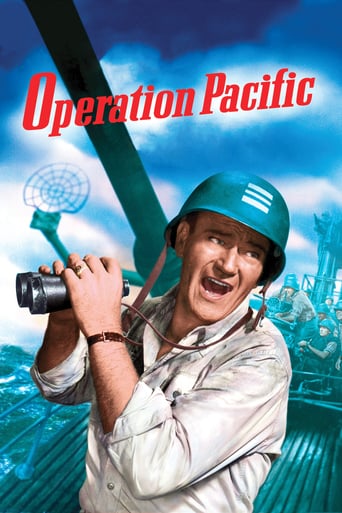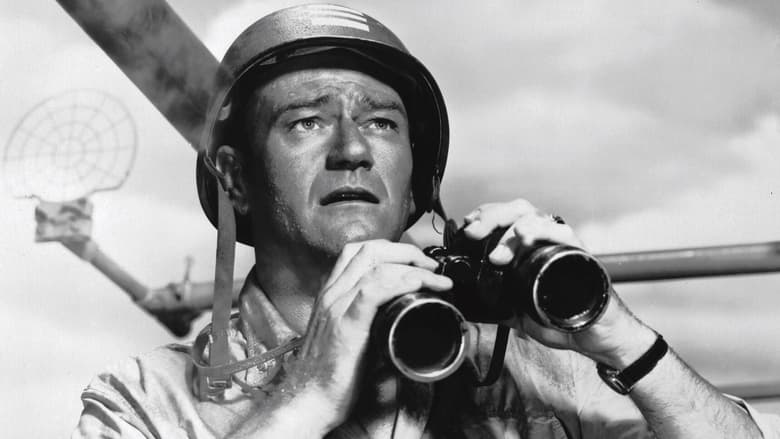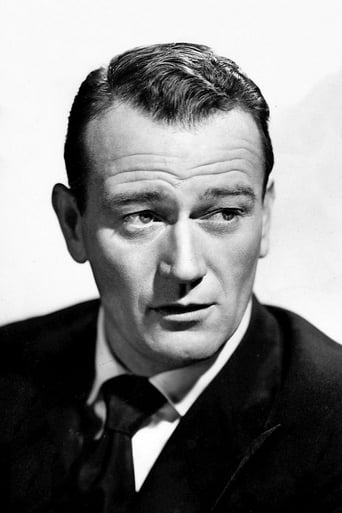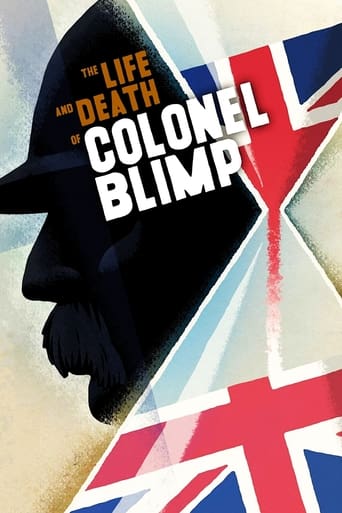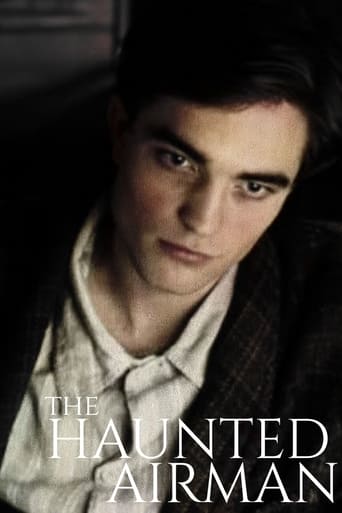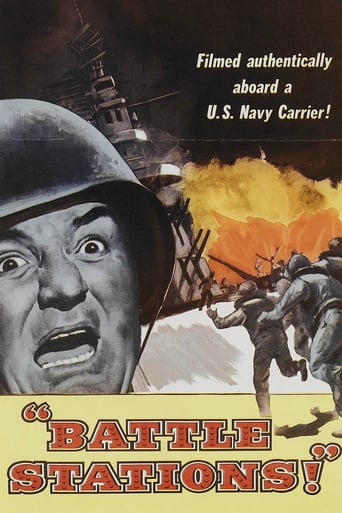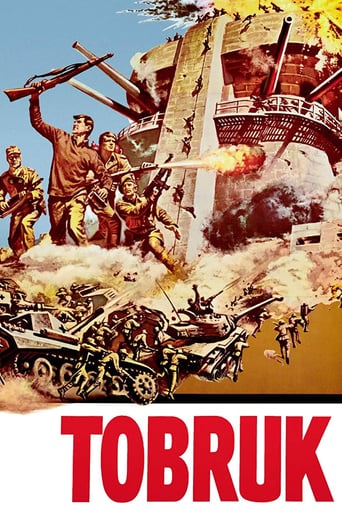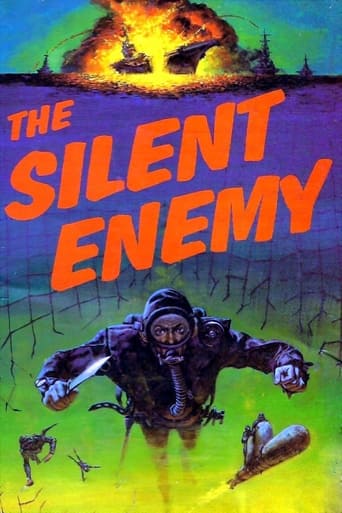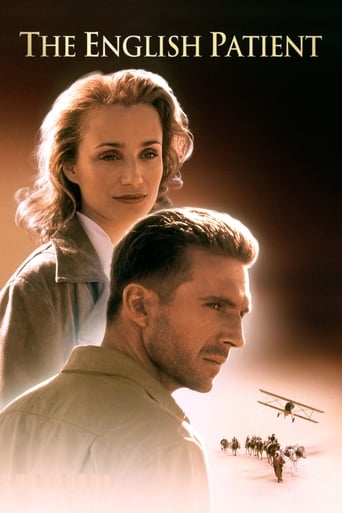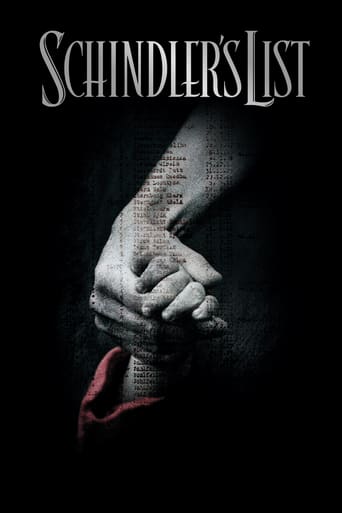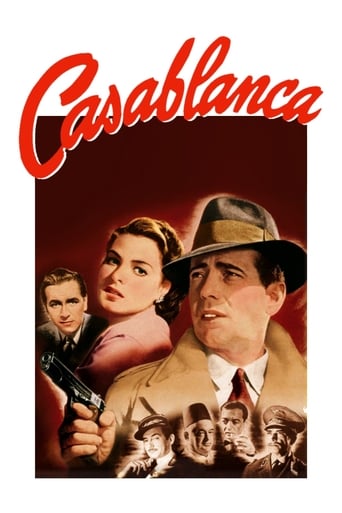Operation Pacific (1951)
During WWII, Duke E. Gifford is second in command of the USS Thunderfish, a submarine which is firing off torpedoes that either explode too early or never explode at all. It's a dilemma that he'll eventually take up personally. Even more personal is his quest to win back his ex-wife, a nurse; but he'll have to win her back from a navy flier who also happens to be his commander's little brother.
Watch Trailer
Cast


Similar titles
Reviews
This movie was decent overall even with some major goofs as it had action along with comedy and romance. The acting was excellent but the cinematography and the script could have been better which is why I gave it 7 stars.
Boring and late movie of propaganda. No tension, no drama, no realism. And Wayne not bad, but certainly not his best acting. A waste of time.If you're looking for a good naval movie, this definitely is not. I had to make efforts to not skip non-battle scenes. Only to find bad action scenes, with no tension. A clearly epic script for propaganda purposes. But poorly conducted. Other older Subs movies are much better than this. The special effects are not bad, but the timing is disastrous, and moreover are well known.This movie is far from "Run Silent, Run Deep", "Destination Tokyo", "The Enemy Below", "Das Boot", even "Operation Petticoat" is better. It is closer to an anodyne documentary.
As movies about submarines go - and Hollywood has churned out its share of them - this is no better and no worse than any. If anything it's notable for early appearances by actors who would achieve recognition as the fifties progressed but then fade away despite appearing in notable films - I'm thinking of Martin Milner (Pete Kelly's Blues, Sweet Smell Of Success), William Campbell (Man Without A Star) and Philip Carey who went on to play Phillip Marlowe on TV. It is, of course, Duke Wayne's movie and he carries it well enough with Patricia Neal as the love interest and Ward Bond as mentor/friend. As someone born and bred in the UK I have no idea whether the central plot point of torpedoes that either failed to explode or else did so before reaching the target has any basis in fact but it's reasonable to assume that a major studio such as Warner Bros would employ fact-checkers to deal with such details so that on balance it was probably factual. Whatever it's certainly worth a look.
I haven't seen many John Wayne war movies, but I do not imagine there are many worse than this one. There are three five-minute action sequences which are interesting, but not spectacular. The rest of the movie is filled with a lifeless romance between 44 year old John Wayne and 25 year old Patricia Neal (she looks like his daughter)and a weird subplot about fixing broken torpedoes. The movie seems fixated on babies and fathers. At the beginning the submarine saves a couple of nuns, a group of school children and a baby from the evil Japanese. Later we find out that Wayne and Neal have divorced because their baby died and Wayne was too busy with his Navy work to ever see it. So Wayne is dad in these two cases, but not really. Wayne's commanding officer is called "Pops" (Ward Bond). When he dies, Wayne takes over the roll. So he becomes a father figure for the third time in the film. The babies are all the sailors under his command, including baby-faced Martin Milner. Besides the strange baby motif, the anti-Asian racism of the film is also bothersome. The submarine basically is doing sneak attacks against Japanese ships throughout the movie. Not once do they even attempt to pick up any Japanese to take prisoner after they sink their boats. In fact we never see any Japanese when the submarine does it sneak attacks. All we see are ships burning, blowing up and sinking. We are not permitted to see human beings dying as a result of these actions. On the other hand, whenever we do see Japanese, they are launching sneak attacks against Americans. Only after the Japanese launch their sneak attacks do we ever see Japanese dying. This racist coding of death makes it appear that only two kinds of death happened in the war: American deaths caused by evil Japanese doing sneak attacks and Japanese deaths caused by good Americans in self-defense response for their attacks. So, if you like war movies with little action, bad direction and poor writing, "Take her down."

